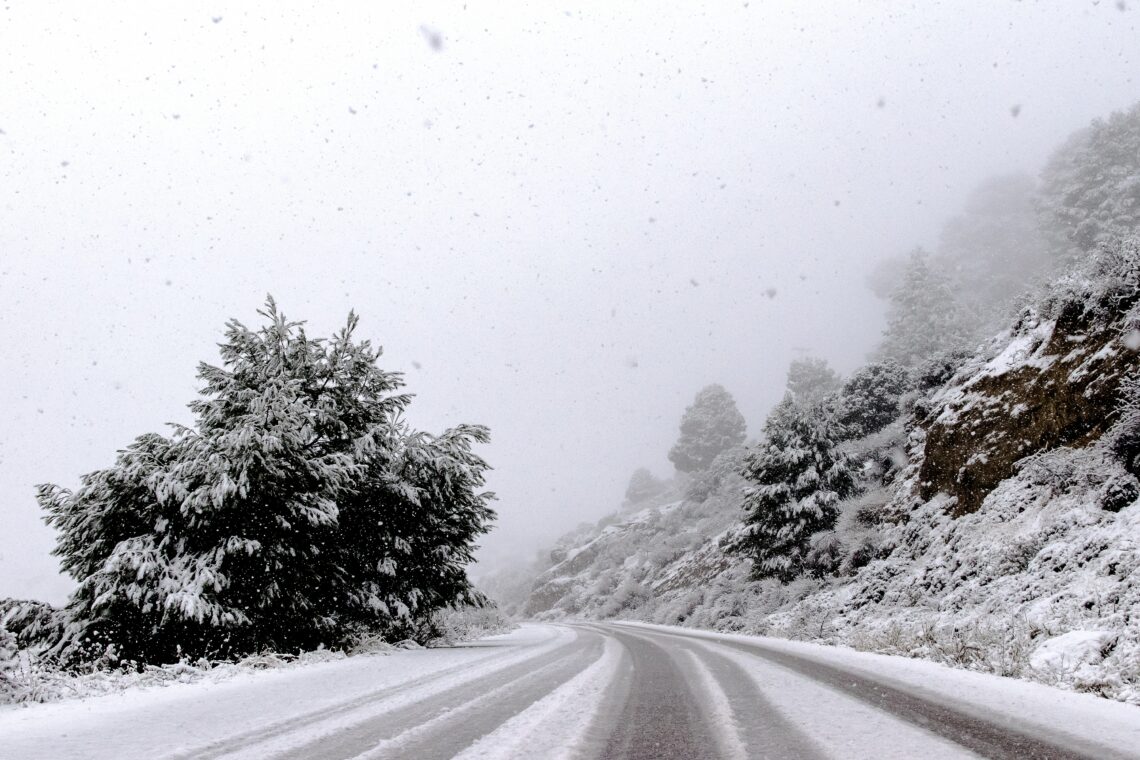It’ll soon be the official start of winter across North America, which means snowy and icy road conditions are on the horizon. Depending on which state you live in, the road treatment used can easily cause damage to your vehicle. In Massachusetts, there are two different solutions used for anti-icing and de-icing. We use a primarily salt-based chemical road treatment to melt ice mixed with a little bit of sand for improved road traction/grit.
Living in such a cold climate with frequent storms and blizzards means that road treatment is put down frequently and builds quickly on the sides of the roads. For drivers, this means that as the snow accumulates, so do the chances of the road salt kicking up and sticking to the bottom of your car, and rusting or damaging it as a result.
Today’s article discusses four different ways of how to prevent road salt damage to cars.
1. WAX YOUR CAR EXTERIOR
Waxing the exterior of your car seals and prevents any moisture from seeping in and damaging the interior, including road salt. This is a surefire way to prevent rust damage or paint chipping. When in doubt, waxing your car just before the weather hits extreme lows is a great way to winterize your car and protect it from salt damage.
2. WASH YOUR CAR AFTER SNOW STORMS
Similar to waxing your car, washing your car after snow storms ensures any road salt that may have been kicked up and underneath your car gets washed out. It’s best to wash your vehicle either after a snowstorm or once the weather hits 40 degrees Fahrenheit or higher. It’s also a good idea to open all the vehicle doors and trunk to prevent them from freezing shut or moisture from becoming trapped inside.
3. DON’T DRIVE IN PUDDLES
Still water puddles in the winter time can be loaded with road salt and sand. The moment your tires drive over a puddle, they kick the liquid up into your wheel wells, which can slowly start the corrosion/rusting process. Generally speaking, it’s best to avoid driving over anything that looks wet, shiny, or icy in the winter months.
4. CHECK YOUR BRAKES/FUEL LINES
Road salt is an extremely powerful chemical agent that can quickly take a toll on the health of your vehicle. Car brakes and fuel lines are extra susceptible to rust and corrosion, so be sure to check your vehicle a few times throughout the winter for damage to those vital parts.
This is especially true for those who don’t drive their car often or stow their car away during the winter months (internal link to next article once published). If you don’t drive often, you might find your car’s brakes locked up or have difficulty turning over the engine. The more you can maintain your car during the difficult winter months, the better condition it will be in come springtime.
Replace Damaged Car Parts
If you find yourself in need of a replacement part during the cold, harsh winter, why not stop by Nationwide Auto Recycling? We may have just the spare you need. By following these four steps, you’ll keep your vehicle in tip-top shape throughout the winter.
If you have any questions about preventing sand and salt damage to your car or replacing damaged parts, our staff at our Massachusetts salvage yard would be happy to help you.

